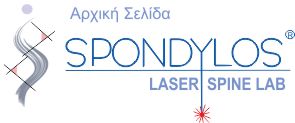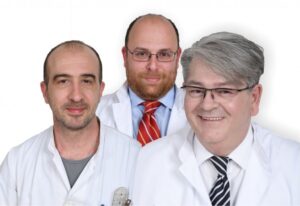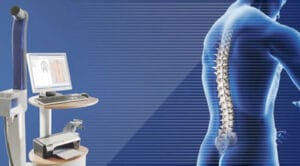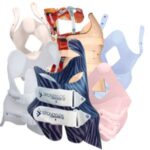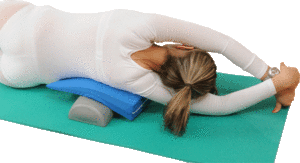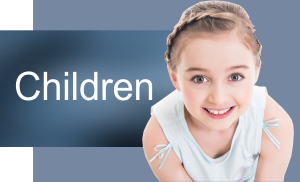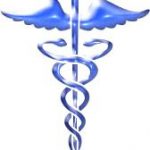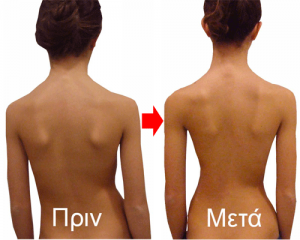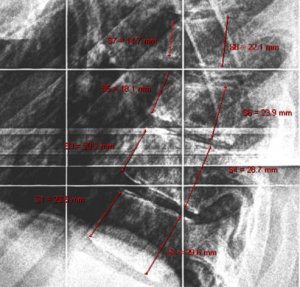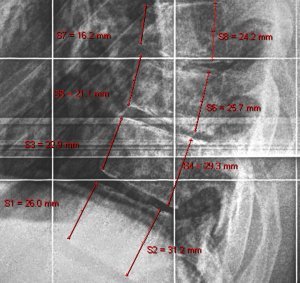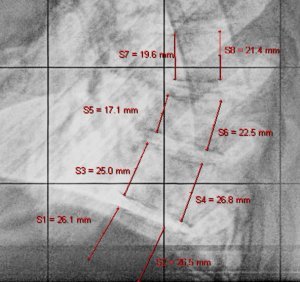adolescent kyphosis treatment
In the treatment of adolescent kyphosis it is very important to diagnose kyphosis during the rapid growth of the adolescent.
It is at this age that vertebrae grow rapidly that Scheuermann disease causes compression in the anterior parts of the vertebrae.
The result is their wedge-shaped deformation and the so-called organic kyphosis.
At this age with the right treatment the vertebrae can regenerate, with 100% success and the kyphosis is corrected.
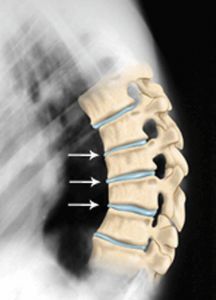
Treatment with kyphosis brace
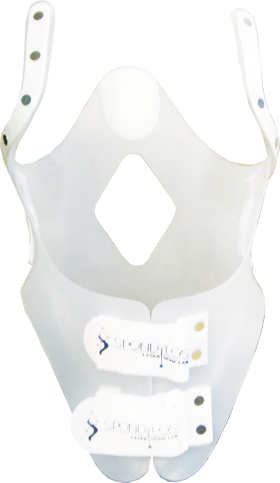
The treatment of real kyphosis, or so-called Scheuermann’s kyphosis, is mainly based on the SPONDYLOS Kyphosis brace and secondarily in the exercises, which is the treatment of choice for Functional Kyphosis.
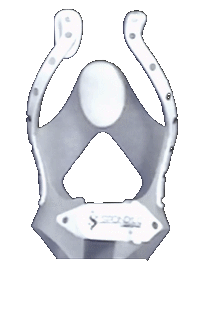
How does it works?
The purpose of the treatment for Scheuermann’s kyphosis with a brace is with the combination of a pair of forces from the front (i.e. the height of the subclavicular regions and iliac crests) and an opposite force from behind (at the height of the top vertebrae of the kyphotic angle), decompress the anterior parts of the vertebral bodies and in this way the epiphyses produce sufficient bone to eliminated the wedge deformity.
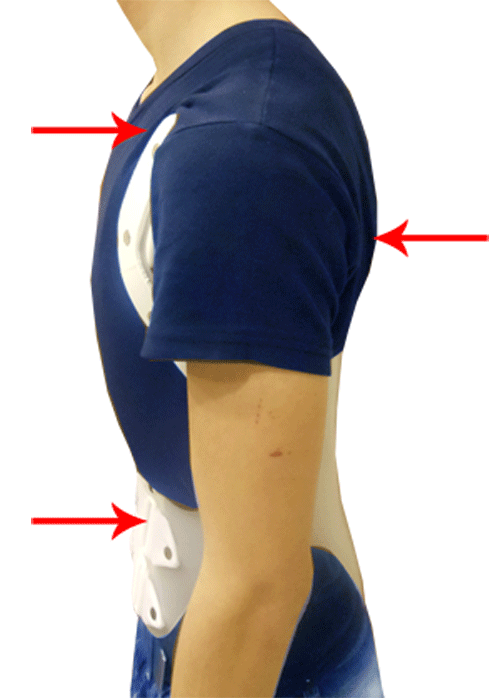
Correction of the bad posture
What we know is that wearing the brace all day will correct the vertebra problem
It will not, however, correct the problem of bad posture. This will be corrected with a daily program of exercises that the child must perform.
The exercises are Schroth method muscle strengthening exercises and SEAS method self-correcting exercises .
Treatment of Adolescent Kyphosis with Schroth method
The Schroth method in combination with breathing exercises, exercise the deep and superficial muscles of the trunk.
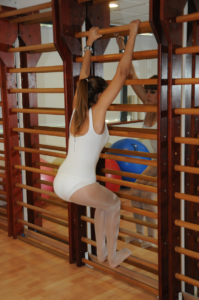
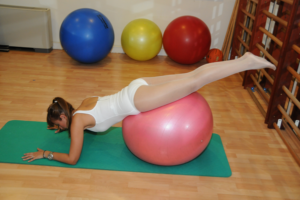
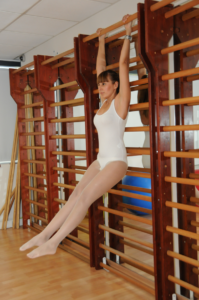
Treatment of Adolescent Kyphosis with S.E.A.S. method
In SEAS method the whole exercise is to become a habit the good posture with the self-correcting exercises.
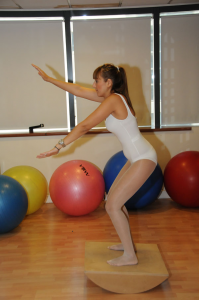
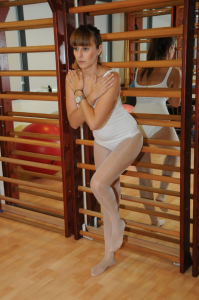
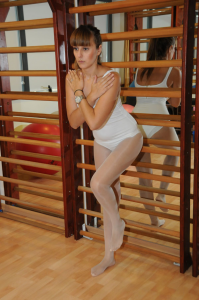
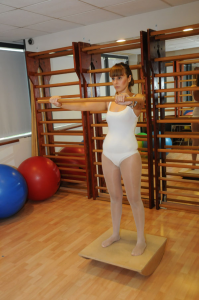
There is no point in taking x-rays while wearing the brace, a method that is, unfortunately, still practiced by some orthopedic surgeons. This will merely burden the child with additional radiation.
In the following example we see a teenager with Scheuermann’s kyphosis of 62,7 °. We see that the brace restores kyphosis. Despite this radiography, with the brace applied, only confirming this.

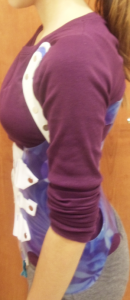
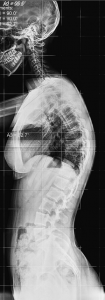
Without brace 62,7°
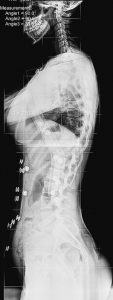
In brace 33,6°
When wearing a kyphosis brace, we see whether the kyphosis is corrected or not. By wearing for long hours, we are sure that it will act on the epiphyses, gradually correcting the problem.
At the end of growth, whenever this may be, we take final x-rays and certify the end of treatment, seeing the results in the vertebrae.
The application of the brace must end with the proof that the damage is restored or with bone maturation.
After adolescence kyphosis treatment
Since bone maturation has occurred but the child hunchbacked, the after adolescense treatment is applied.
In this fitting a brace for about 8-10 hours immediately after the exercise program and for a period of approximately one year will restore the correct posture.
The brace in this case acts as a tool to hold the exercises effect and has no effect to the vertebrae, only to the intervertebral discs.
Then he must implement a maintenance system with a few minutes exercise daily.
